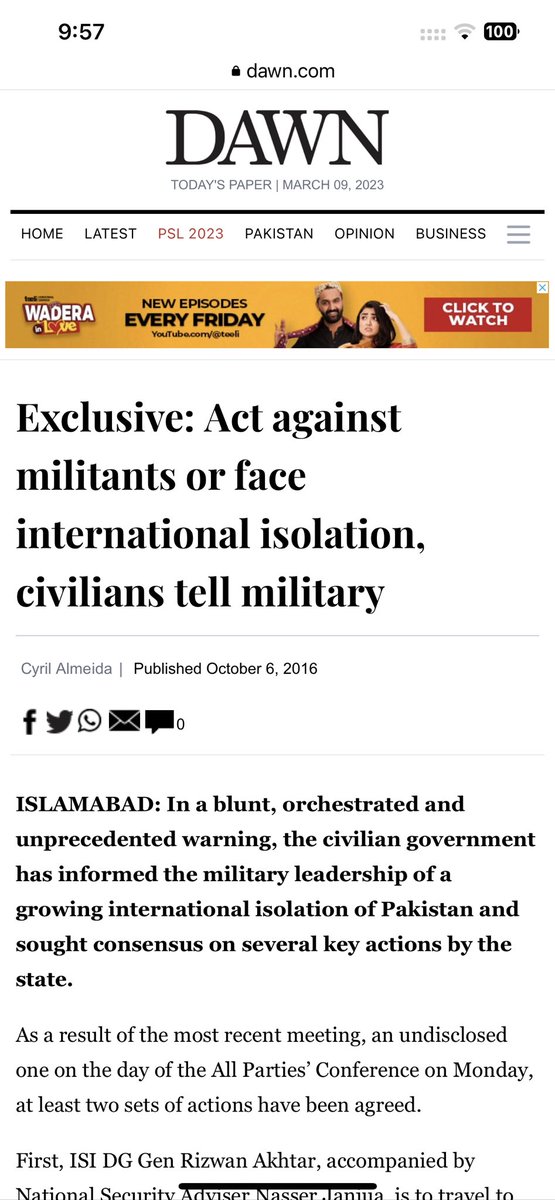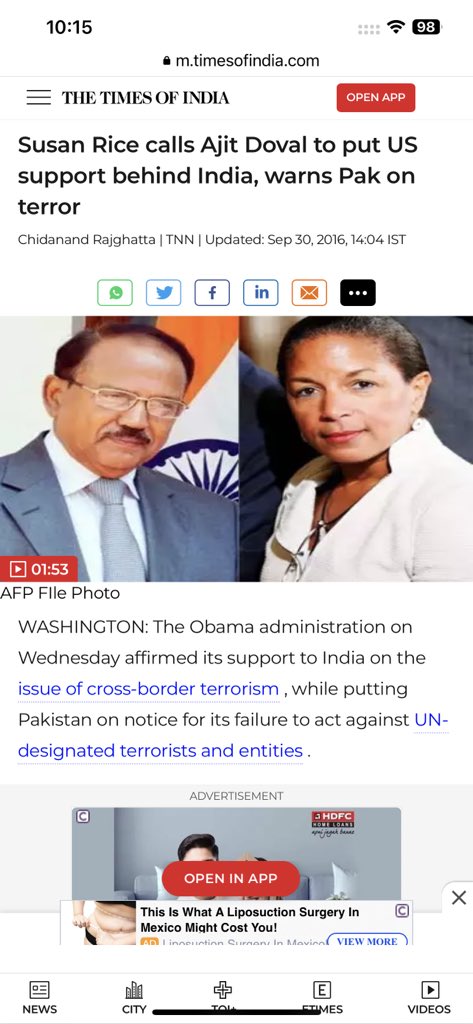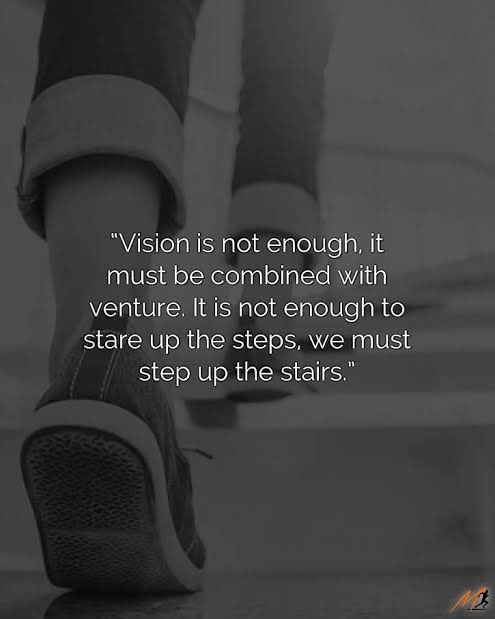
My relations with the Prime Minister, Nawaz Sharif were frosty and distant. Sartaj Aziz and I mostly communicated with him through Tariq Fatemi, whom the Prime Minister seemed to trust. Things came to a head over an incident that occurred in May 2015.
I was
1/10
I was
1/10

speaking at a seminar on strategic issues to a fairly sizable audience. The moment I stepped down from the podium, a horde of journalists dashed towards me and asked for my views on a strong statement that had just been issued by the ISPR on Indian involvement in Pakistan.
2/10
2/10
My immediate reaction was that there was enough intelligence to suggest that Indian elements were indeed involved in generating instability in Pakistan.
Instantly, my statement, along with that of the ISPR, were splashed across television screens.
3/10
Instantly, my statement, along with that of the ISPR, were splashed across television screens.
3/10
When I went to the Prime Minister House later in the day for some official work, I found several ministers sitting around his office table, a meeting format that had quintessentially become the Prime Minister's preferred style.
4/10
4/10
The Prime Minister saw me entering the room and immediately remarked that my comments to the press about the involvement of Indian elements in Pakistan were uncalled for. The room dropped into a curious silence.
5/10
5/10
I responded that we had been receiving fact-based indications of Indian involvement in destabilizing Pakistan for a long time. I pointed out that I myself had handed over dossiers to Indians during the meetings of the Joint Anti Terrorism Mechanism some years ago containing
6/10
6/10
information available to us about India's involvement in Pakistan. This, therefore, was nothing new. Such concerns about Indian involvement in Pakistan had been conveyed to India by us at various levels in the past, including at the PM, FM, NSA, and FS levels.
7/10
7/10
The Prime Minister leaned back in his chair, his brow knotted and knee resting against the edge of the table. After a brief period of seeming introspection, he raised a question that if India had indeed been involved, why had the evidence not surfaced in the media yet.
8/10
8/10
He then explained, his voice progressively rising, that India had built up a strong case against Pakistan over Mumbai attacks, bringing ill repute to Pakistan. Prime Minister then deadpanned that in future, any such statements should first be discussed and cleared by him.
9/10
9/10
Once he was done speaking, I spotted an open window to make one final remark, arguing that no intelligence agency would ever show evidence publicly, as it risked compromising its sources.
Reference: page 405-406 from #DiplomaticFootprints authored by @aizaz1101
10/10

Reference: page 405-406 from #DiplomaticFootprints authored by @aizaz1101
10/10


• • •
Missing some Tweet in this thread? You can try to
force a refresh

















